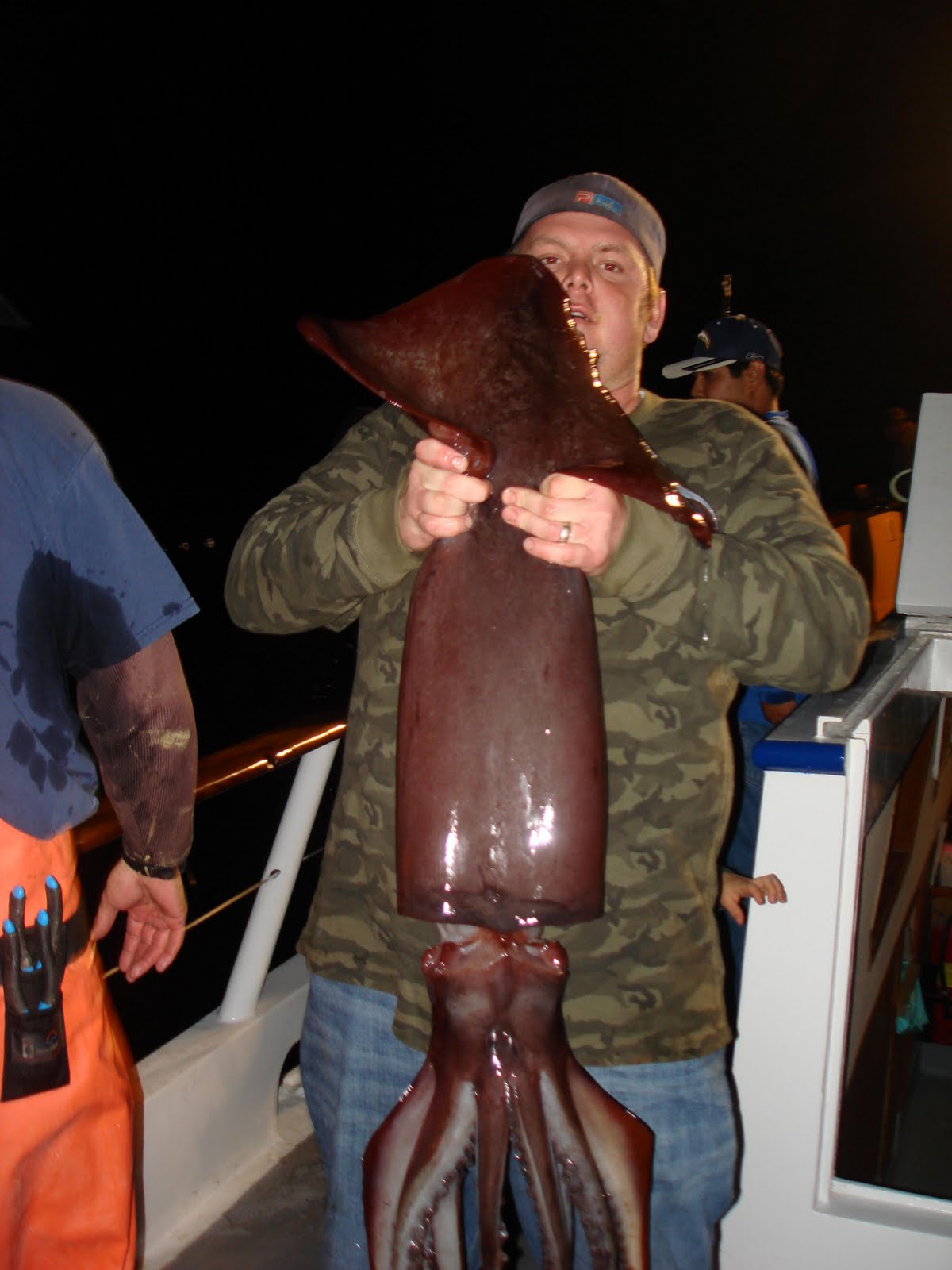

A bit later in the hour, bacteria on your tongue and Pablo Escobar’s hippos.īut first, cephalopods, as we know and love, are clever creatures. Just a note due to the need for social distancing this week, we won’t be taking calls during this edition of Science Friday, which was pre-recorded earlier in the week. Try modeling the papillae of cuttlefish in a SciFri education resource.

Humboldt squids skin#
Biologist Benjamin Burford, who is an author on that study, explains how Humboldt squid use a combination of skin color patterns and bioluminescence to send each other signals and what this might teach us about communication in the deep ocean. Their results were published this week in the journal Proceedings of the National Academy of Sciences. But how does this play out in the darkness of the deep ocean? That’s the question a team of scientists studied in the deep diving Humboldt squid that lives over 2,000 feet beneath the ocean’s surface. They can change their skin to different colors, textures, and patterns to communicate with other animals and each other. The art of their visual deception lies deep within their skin. Credit: © 2019 MBARIĬephalopods are masters of changing their bodies in response to their environments-from camouflaging to sending warning signals to predators.

Humboldt squids license#
This is a part of the Wikipedia article used under the Creative Commons Attribution-Sharealike 3.0 Unported License (CC-BY-SA).A Humboldt squid changes color as it hunts small deep-sea fish. This species is spreading north into the waters of the Pacific Northwest, in Oregon, Washington, British Columbia, and Alaska. They are most commonly found at depths of 200 to 700 m, from Tierra del Fuego to California. They have a reputation for aggression toward humans, although this behavior may only occur during feeding times. They have a relatively short lifespan of just 1–2 years. Like other members of the subfamily Ommastrephinae, they possess chromatophores which enable them to quickly change body coloration, known as 'metachrosis’ which is the rapid flash of their skin from red to white. They are the most important squid worldwide for commercial fisheries, with the catch predominantly landed in Mexico, Peru and Chile. Humboldt squid typically reach a mantle length of 1.5 m, making it the largest member of its family. It is the only known species of the genus Dosidicus of the subfamily Ommastrephinae, family Ommastrephidae. The Humboldt squid, also known as jumbo squid or jumbo flying squid, is a large, predatory squid living in the eastern Pacific Ocean.


 0 kommentar(er)
0 kommentar(er)
